
Introducing Lake Country’s New MarineLine Buffing Pads
Experience Superior Marine Detailing with Our Specialized Range At Lake Country, we’re excited to unveil our all-new MarineLine—a comprehensive collection of buffing pads specifically engineered
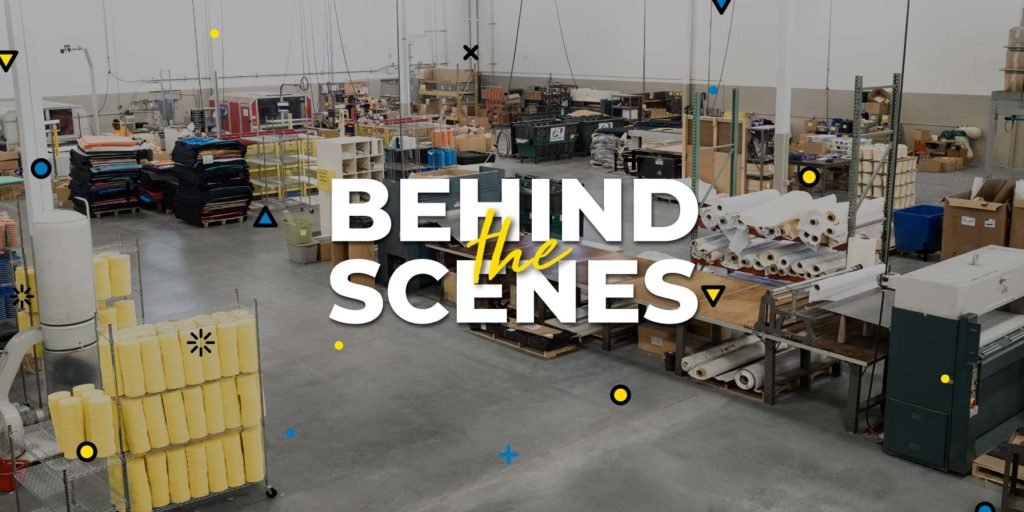
At Lake Country Manufacturing we are constantly turning fresh ideas into new and improved detailing products – and this is how it starts.
“Sometimes, product development is based around a void in our line-up, other times it is developed with an attempt to improve quality of a current product,” our experienced Product Manager, David Patterson, explains, “an idea may even be based on physics or how one may interpret what happens during use of a specific product. We look at products from many angles and feel that this is something that helps us stand out.”
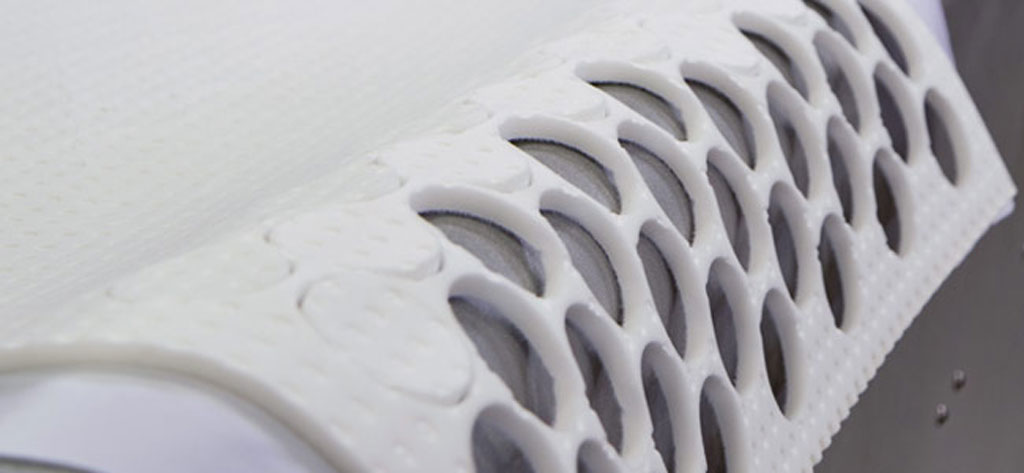
The creation of foam pads occurs in a multitude of ways.
Some start with foam sliced into sheets, thereafter bonding them to a Velcro-style loop. Once this is completely bonded, the sheets are cut into discs, shaped and then contoured to the specifications desired.
Other pads are cut into individual discs or chunks that get processed into discs further in an automated process, which then have the same Velcro-style loop applied individually. Additional to this, products like our curved CCS Rotary Pads have the Velcro loop applied during the shaping process.
With the diversity of the pad creation process, quality control becomes the most difficult part of the manufacturing process. The bonding of the Velcro loop is significantly important for durability when it comes to the longevity and overall performance of a pad, but the other variables involved in the creation process, such as the precision of the pad shaping and the consistency of the foam have to be on point every time.
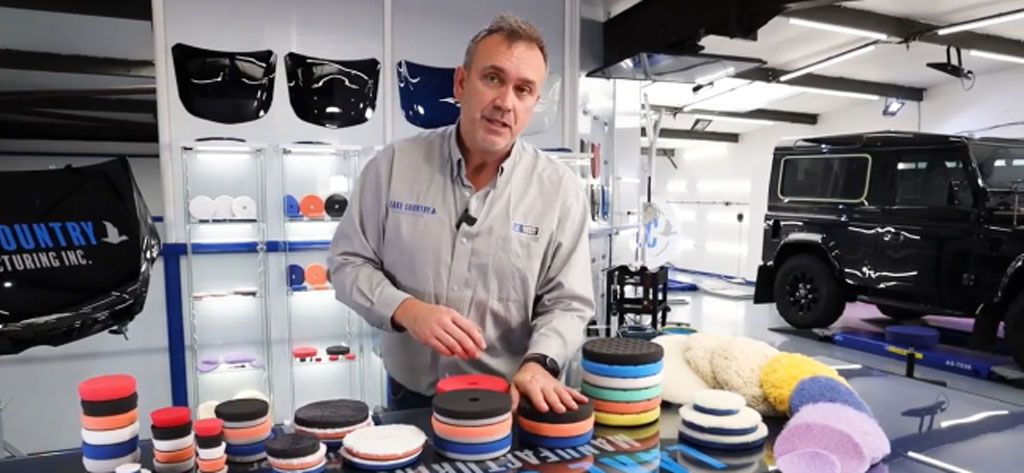
Here at Lake Country, we have a solid understanding of properties and characteristics when we evaluate products.
The multiple ways we do this include using our products on real cars to emulate authentic user experience, as well as in controlled settings in labs, using metering equipment such as a perthometer, glossmeter, and a paint thickness meter. We prefer tactile performance testing, as while data is important, it sometimes does not reveal to us everything a customer may experience using our pads.
Just like development, testing varies for specific projects. We select specific tests for each project, perform initial testing regarding cutting ability, finishing ability, gloss, and even removal rate – all the key performance parameters. Durability, cleaning ability, dusting or linting, and other factors are also considered.
Nothing is more authentic than putting the pads to trial with external testers in various markets. We can also now draw on the experience of detailing veteran and our Global Director of Training Kelly Harris and his colleague Jay Broom. Based in England, they are front-line professional detailers who joined Lake Country in 2020.
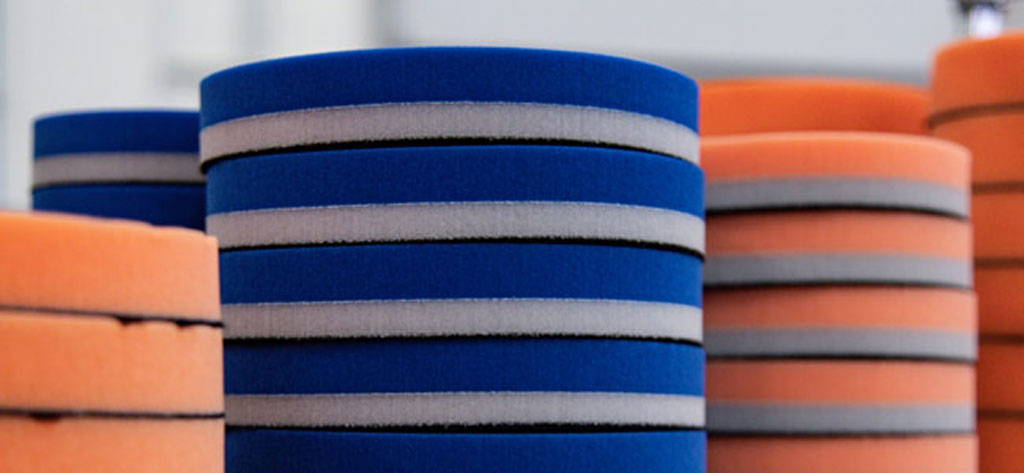
We do tests aggressively in an attempt to actually create failures and solve them before the pads hit the market.
Typically, pad failures revolve around heat and the ways in which that heat is created. This includes factors such as too much pressure, excessive transition from heavy and light down pressure, which can be amplified if too much residue and polish migrate into the pad, increasing the weight and usually increasing rotation.
Polyurethane foam material also can and does fail, so because of this, we test the foam itself to ensure that the pad has the right specifications and will not implode, tear, or warp easily.
Given our attention to the details of each individual pad, from inception through the testing phase, you can rest assured that our Lake Country polishing pads will continue to offer great performance, usability and durability for every detailer in the industry. Be sure to get in touch with your favorite detailing supplier, contact us directly, or visit our website and catalog to find out which pads best suit your needs!

Experience Superior Marine Detailing with Our Specialized Range At Lake Country, we’re excited to unveil our all-new MarineLine—a comprehensive collection of buffing pads specifically engineered
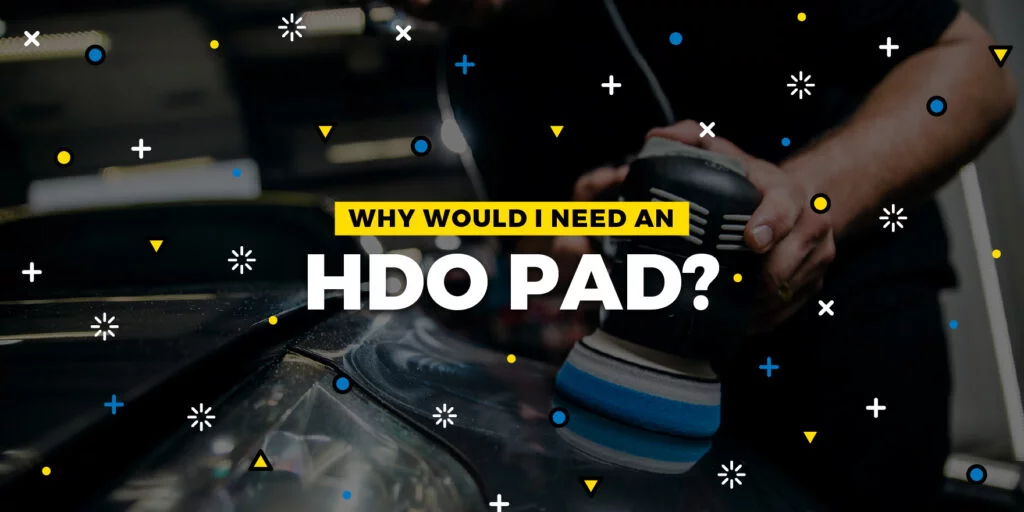
Written for the IDA Detail Dialogue, Published December 2022 In detailing, we naturally obsess over tiny details – hence the name, I suppose. A smudge,
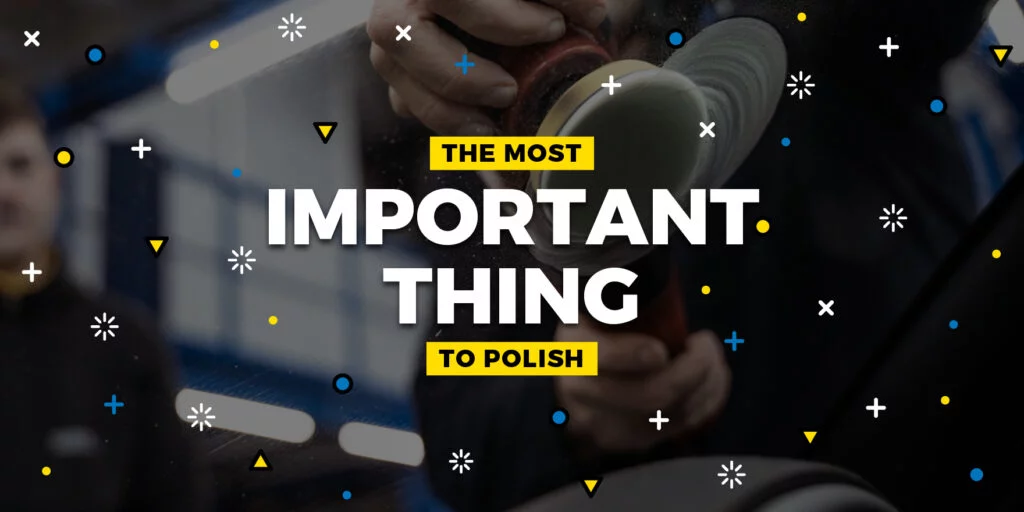
Polishing glass ranks as one of the most overlooked detailing skills and services. Aside from being aesthetically pleasing to have pure transparent glass, it’s incredibly

Experience Superior Marine Detailing with Our Specialized Range At Lake Country, we’re excited to unveil our all-new MarineLine—a comprehensive collection of buffing pads specifically engineered

Written for the IDA Detail Dialogue, Published December 2022 In detailing, we naturally obsess over tiny details – hence the name, I suppose. A smudge,
950 Blue Ribbon Cir N
Oconomowoc, WI 53066
#lakecountrymfg
Select Your Language